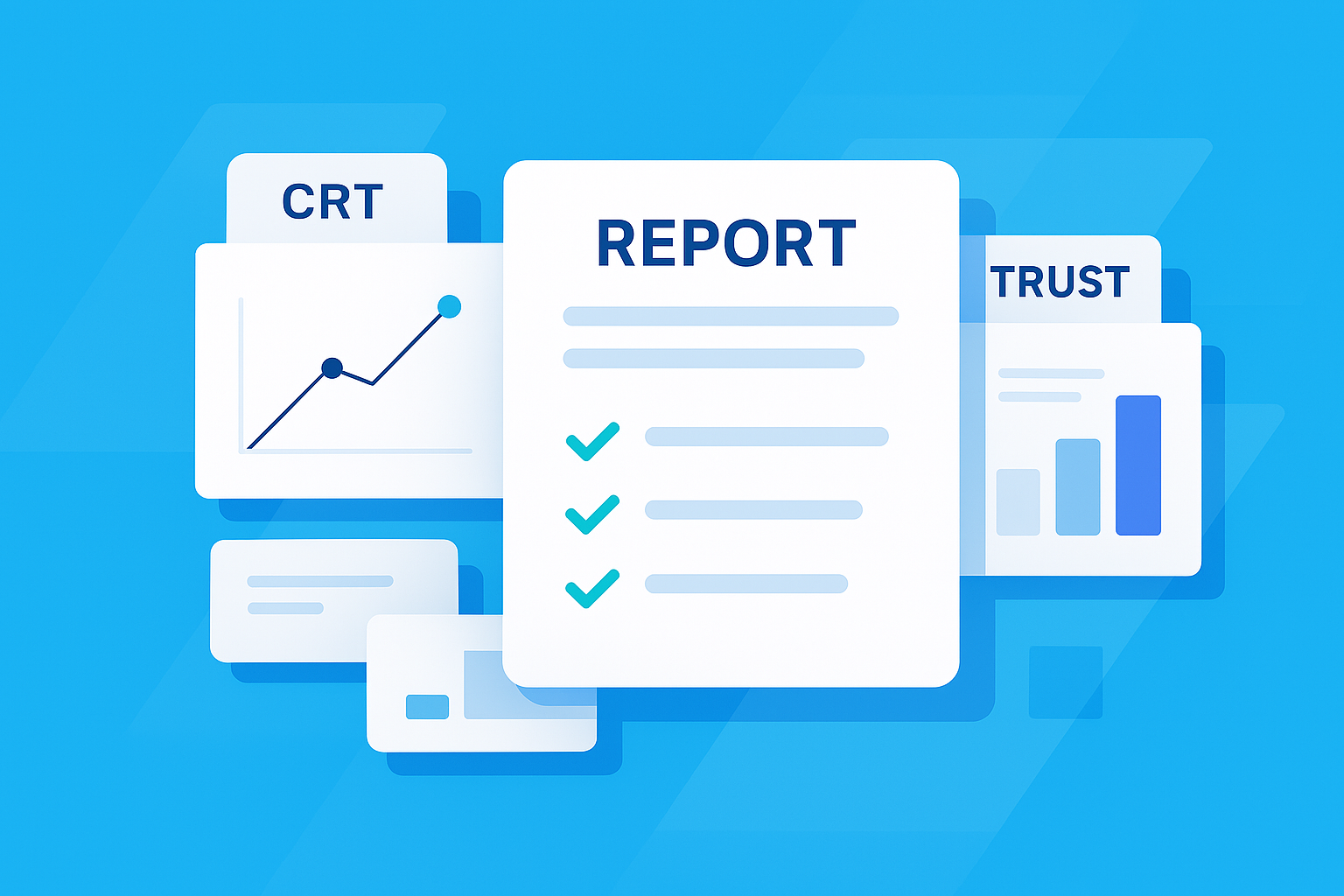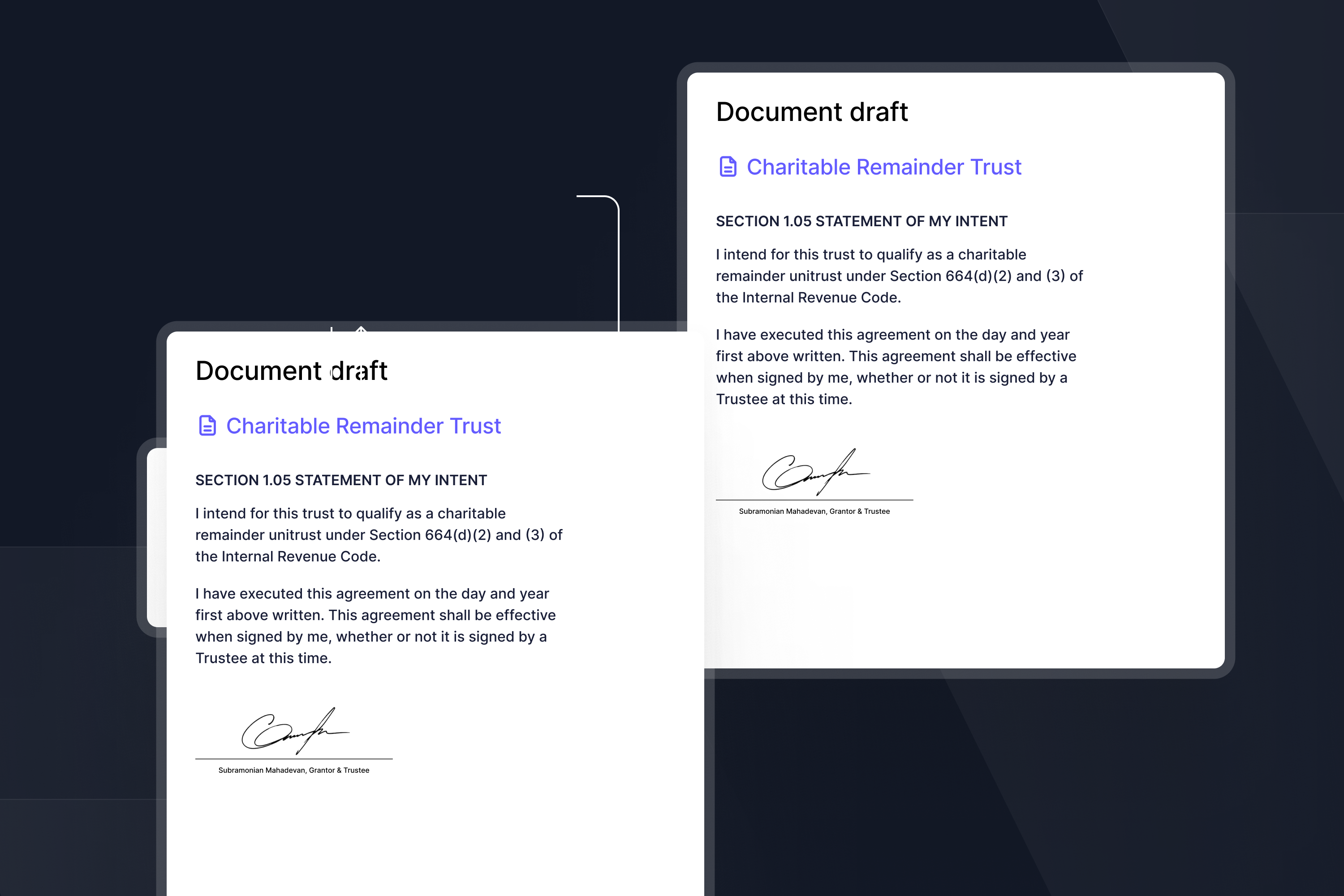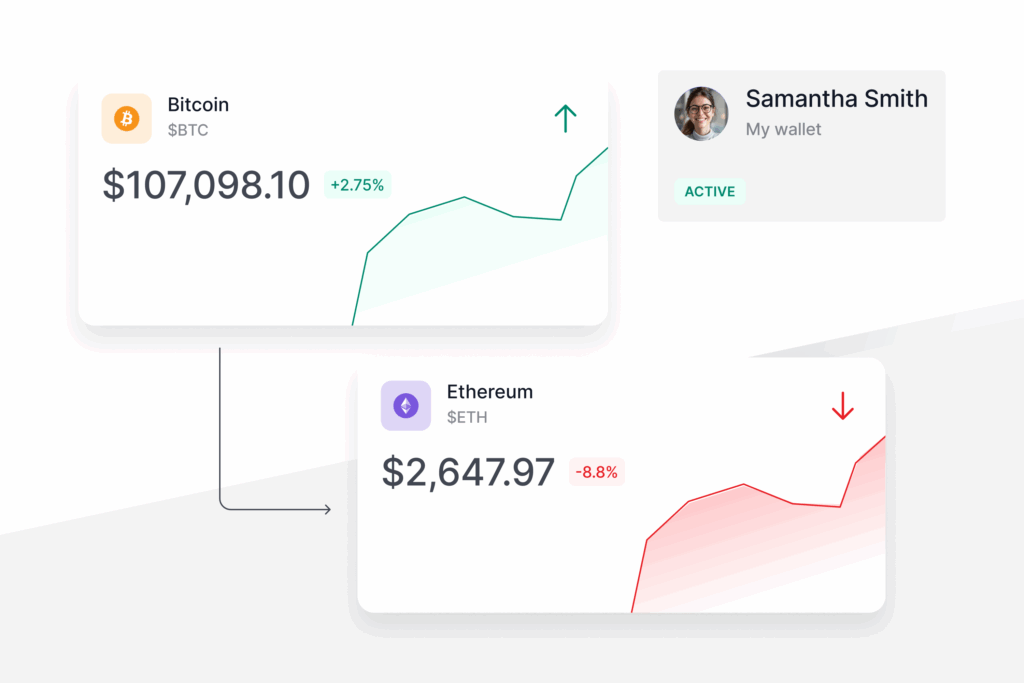TLDR: Each structure has its own set of positive and negative trade-offs, but purely based on return on investment, Charitable Lead Trusts have the highest ROI because of their maximum deduction, low cost structure and offer more diversified investments but offer less flexibility and initial liquidity than Opportunity Zones.
With the constant market volatility and a potential bear market following on the heels of record growth, we’ve heard from many investors and operators who have taken gains off the table in the past few months. In those circumstances, the traditional, forward-looking tax planning tools — Charitable Remainder Unitrusts (CRUTs) — are not usually a fit. But there are other solutions — the grantor Charitable Lead Annuity Trust (CLAT), the Opportunity Zone, and Donor Advised Fund — that offer significant tax benefits and work specifically for already-realized gains.
But first, a quick summary of the most popular strategies available.
How does a Charitable Lead Annuity Trust (CLAT) work?
A Charitable Lead Annuity Trust is a trust that allows you to donate assets in exchange for an immediate (and large) tax deduction. You’ll put your money into the trust, deduct as much as 100% of the value of your donation, spread your donations out over many years, invest the money in the meantime, and receive what’s left over at the end of the trust’s term. Why is that all a big deal? In a sense, the answer is simple: A big tax deduction today means you’re going to pay less in taxes this year. That’s an immediate win that can create large returns via compound growth. That additional growth will, in most cases, be far larger than the donations you make out of the trust over the years. At the same time, you can’t withdraw your money until the end of the trust’s term; for that reason, most people treat a CLAT like a retirement account.
How does an Opportunity Zone work?
Opportunity Zones are a way to defer capital gains taxes on capital gains you’ve recently realized. Investors who have eligible realized capital gains (from the sale of stocks, real estate, business interests, or other investments) can roll those gains into a Qualified Opportunity Fund (”QOF”). If they do so within 180 days of realizing the gain, two forms of tax incentive are available. First, capital gains rolled into a QOF may be deferred until the investment is sold or exchanged, or the end of 2026, whichever comes earlier. Second, the investor can save even more through an adjustment in cost basis of their investment. If the investor holds the investment for at least 10 years, he or she can avoid taxes entirely on the sale of the Opportunity Zone investment.
How do Donor-Advised Funds work?
A donor-advised fund (DAF) is a bit different, in that the goal is not to reduce your taxes and benefit from future growth. Instead, a DAF is like a charitable investment account; it exists for the sole purpose of supporting charitable organizations. The main benefits of DAFs are twofold: First, when you contribute cash, securities or other assets to a DAF, you are usually eligible to take an immediate tax deduction, just as if you had donated the funds directly to a charity. At the same time, you’ll be able to invest the funds, they’ll grow tax free, and you can give the additional gains to charity in the future, tax free.
Tax Planning Strategies – Overview
Comparing the Return on Investment (ROI) of each structure
We understand that this can be a lot to digest, and while the qualitative trade-offs above are important, it’ll be helpful to walk through an example to see the ROI of each structure.
Let’s start with our goal and a few baseline assumptions.
Goal: Evaluate each of these tax planning structures based on post-tax return on investment after year 10 years. (Any payouts that might happen after 10 years are discounted by the time value of money to calculate their net present value in 10 years.)
Baseline Assumptions: The individual is 35 years old, based in California, with $1m of appreciated assets at a $0 cost basis. They expect a 35% tax rate (assuming long-term capital gains tax rates) and for the stock market to grow 10% annually, while an opportunity zone investment would appreciate 9% annually (after fees). This also assumes a base level of expenses for each strategy.
The order of returns by strategy is as follows:
- Charitable Lead Annuity Trust (30-year term): $1,971,897 – additional 44% return
- Opportunity Zone: $1,828,845 – additional 33% return
- Donor-Advised Fund (DAF): N/A — you are donating your funds, so there are no returns; although you will save significantly on this year’s taxes, those savings are more than offset by the donation amount. In other words you don’t choose a DAF for tax planning reasons.
- No Tax Planning: $1,373,934 – 0% return
Next Steps
Charitable Lead Trusts, Opportunity Zones, and Donor-Advised Funds are all viable options for tax planning, with each offering its own merits.
- CLATs, which allow you to reduce your taxes after selling an asset, tend to be high ROI but have the longest path to liquidity
- OZs have a good ROI and offer more initial liquidity but less diversification. They allow you to reduce your taxes after the fact and in future tax years
- DAFs give charitably inclined individuals the freedom to donate (and take a tax deduction) now without committing funds to a particular charity, and the funds can be invested in the meantime.
Check out our Effective Strategies To Protect Your Income From Taxes to follow up with our content. Try our innovative calculator to evaluate your potential return on investment, or schedule a call to meet our team and share your experience!
About Valur
We have built a platform to give everyone access to the tax planning tools of the ultra-rich like Mark Zuckerberg (Facebook founder), Phil Knight (Nike founder) and others. Valur makes it simple and seamless for our customers to utilize the tax advantaged structures that are otherwise expensive and inaccessible to build their wealth more efficiently. From picking the best strategy to taking care of all the setup and ongoing overhead, we make take care of it and make it easy.































